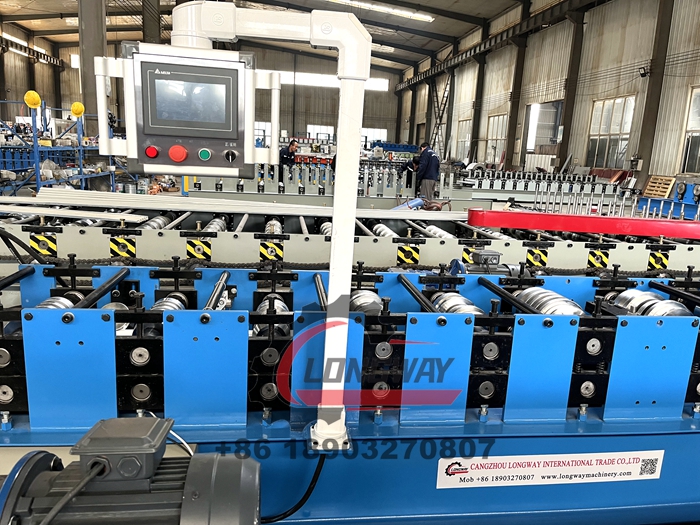rolling shutter making machine
Understanding the Rolling Shutter Making Machine
In today's fast-paced manufacturing environment, the demand for efficient and high-quality production equipment has never been more crucial. Among these, the rolling shutter making machine stands out, playing a vital role in the fabrication of rolling shutters employed in commercial and residential settings. This article explores the functionality, benefits, and considerations in selecting a rolling shutter making machine.
A rolling shutter is a type of door that consists of horizontal slats or panels that move vertically or horizontally to open or close. These shutters provide security, insulation, and aesthetic appeal, making them popular in various applications such as shops, garages, and warehouses. The rolling shutter making machine automates the process of creating these slats from raw materials, significantly improving production efficiency.
The primary components of a rolling shutter making machine include a decoiler, a forming station, cutting tools, and an electrical control system. The process begins with raw materials, often galvanized steel or aluminum, which are fed into the decoiler. From there, the material is shaped into slats through a series of rollers that gradually form the desired profile. After the slats are formed, they are cut to length using precision cutting tools. The entire operation is controlled by an advanced electrical system that ensures accuracy and consistency in production.
rolling shutter making machine

One of the key benefits of using a rolling shutter making machine is the efficiency it brings to the production line. Manual manufacturing processes are often labor-intensive and prone to errors, leading to inconsistencies in quality. In contrast, automated machines reduce human intervention, ensuring uniformity in the dimensions and quality of the shutters. Furthermore, these machines can produce a higher volume of shutters in a shorter amount of time, which is essential for businesses that need to meet growing market demands.
When selecting a rolling shutter making machine, several factors should be considered. These include the machine's production capacity, ease of operation, and maintenance requirements. It's essential to choose a machine that aligns with the business's specific production needs, whether for large-scale manufacturing or smaller batches. Additionally, the durability and reliability of the equipment play a crucial role in minimizing downtime and repair costs.
Moreover, potential buyers should evaluate the supplier's reputation and the availability of after-sales support. A reputable manufacturer will not only provide quality equipment but also offer training, maintenance, and spare parts to ensure long-term operational efficiency.
In conclusion, a rolling shutter making machine is an invaluable asset for manufacturers looking to streamline their production processes. By investing in advanced machinery, businesses can enhance product quality, increase production capacity, and ultimately improve profitability. As the market for rolling shutters continues to expand, having reliable manufacturing equipment will be essential for staying competitive in this dynamic industry.
-
Roof Panel Machines: Buying Guide, Types, and PricingNewsJul.04, 2025
-
Purlin Machines: Types, Features, and Pricing GuideNewsJul.04, 2025
-
Metal Embossing Machines: Types, Applications, and Buying GuideNewsJul.04, 2025
-
Gutter Machines: Features, Types, and Cost BreakdownNewsJul.04, 2025
-
Cut to Length Line: Overview, Equipment, and Buying GuideNewsJul.04, 2025
-
Auto Stacker: Features, Applications, and Cost BreakdownNewsJul.04, 2025
-
Top Drywall Profile Machine Models for SaleNewsJun.05, 2025








